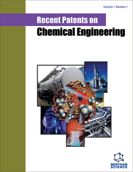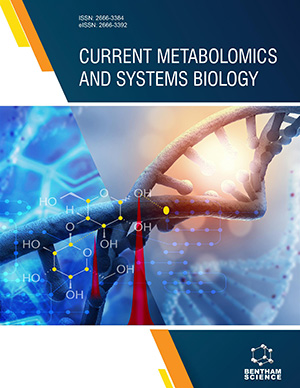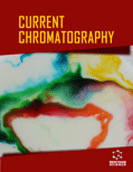Abstract
The alarming concern over the environment created due to the uncontrolled
use of based petrochemical-based synthetic plastic created a research thrust on
bioplastics. Bioplastics, in general, refers to the polymers derived from plants, animals,
and microorganisms that have close material properties to their synthetic counterparts.
Despite having good biodegradability, their commercialization still faces hurdles
majorly contributed by the high production cost involved. An integrated strategy of
waste valorization with bioplastic production was a sustainable approach toward their
cost-effective production and commercialization. Food waste represents a continuous
and rapidly available substrate containing high-value nutrients that can be exploited for
the production of bioplastics through microbial fermentation and chemical treatment
methods. This chapter describes the biotechnological strategies for valorizing food
waste into commercially important biopolymeric components like chitosan,
polyhydroxyalkanoates, HAp, and cellulose-based polymers. It presents a
comprehensive outlook on their chemical nature, production strategy, and application
in various fields.
Keywords: Biocompatibility, Biodegradability, Biopolymers, Bioactivity, Biomaterial, Bleaching, Chitosan, Cellulose, Crystallinity, Calcination, Deacetylation, Demineralization, Deproteinization, Dewaxing, Food waste, Hydrolysis, Hydroxyapatite, Polyhydroxyalkanoates, Thermoplastic, Valorization.






















